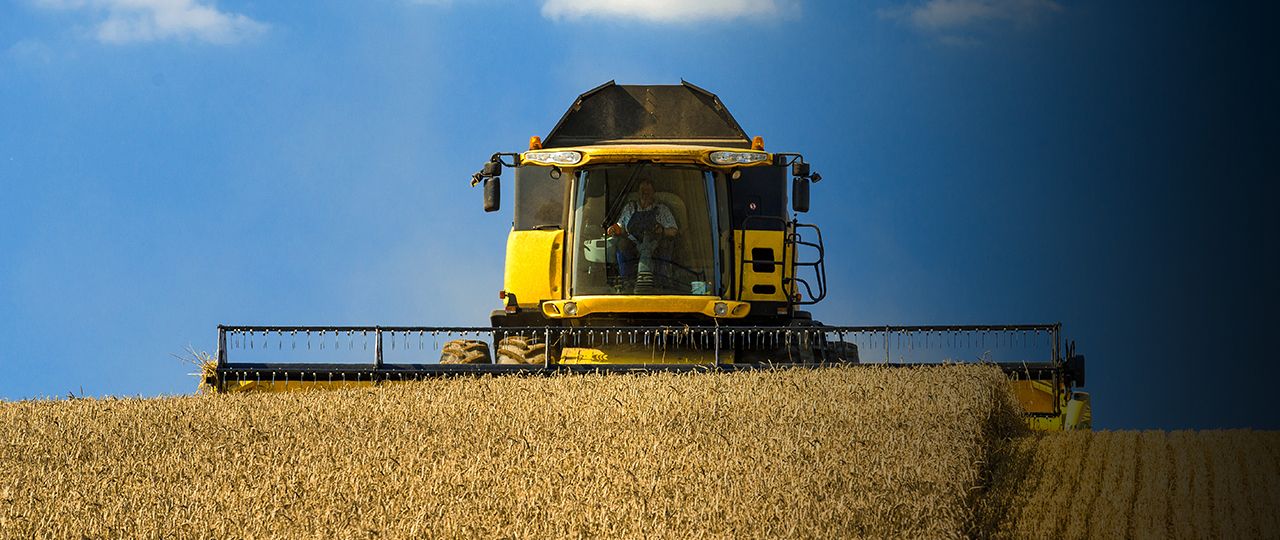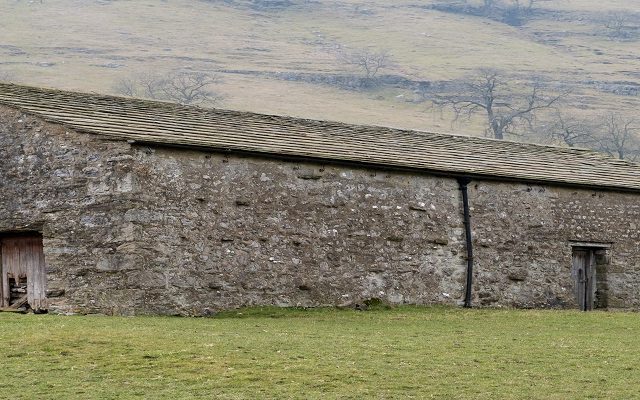English Contract Farming Agreement Survey | June 2019
Contract Farming Agreement survey highlights value of joint ventures
Higher commodity prices and a favourable exchange rate for the calculation of BPS payments saw arable farming returns from Contract Farming Agreements rise for Harvest 2018, despite lower yields.
Provisional results from Strutt & Parker’s annual survey of Contract Farming Agreements, which covers 19,400ha of land mainly in the East of England, East Midland and South East England, showed the average divisible surplus from agreements for Harvest 2018 was at its highest level for four years.
Total returns to the farmer averaged £375/ha in 2018 (£361/ha in 2017).
This is an income which is comparable to the rent they would receive for a three- to five-year Farm Business Tenancy, but they retain control of farming practices and the tax advantages of being a trading business.
Looking back over the past five years, CFAs have also produced profits to the farmer (five-year average of £346/ha) above those achieved by the middle 50% of in-hand farming businesses (£319/ha).
The contractor’s total income was very similar to that of the farmer at £386/ha (£362/ha in 2017).
Given the challenges of 2018 in terms of the weather, it is very positive to see a rise in the total returns to both parties with improved wheat prices, around £30/t higher year-on-year, offsetting lower than average yields.
Variable costs for the 2018 crop were very similar to 2017, lower than the five-year average due to a continued shift in rotations towards lower input cost crops, as growers move towards more robust wheat varieties, as well as growing spring barley and spring oats.
CFAs likely to grow in popularity
Our view is that Contract Farming Agreements are likely to increase in popularity over the next few years due to a combination of factors.
There will be a need for some farmers to adjust their business structure to adapt to reduced levels of direct subsidy. The core overheads within the industry vary by over £200/ha between the top and bottom quartiles and this difference will not be sustainable with the loss of BPS, as set out in the Agriculture Bill.
The incentivised nature of CFAs is such that it rewards innovation and better performance, which will be key to maintaining profitable farm businesses in the short- to medium-term.
We are already seeing that some farmers who require more consistent returns to help service investment in other projects are turning to CFAs as a way of managing rising volatility in farming.
Contracting farmers are still keen to take on more land, but are being strategic about choosing which farms to tender for in terms of their proximity to their own units and whether they have good grain storage facilities.
Over the past five years, contractor’s charges have been on the rise as they seek to lock into higher guaranteed returns and ensure that the farmer bears a greater proportion of the risk from market volatility.
Download the full version of our English Contract Farming Agreement Survey for more information on:
- Strutt & Parker Harvest 2018 provisional CFA results (combinable crops agreements only)
- Strutt & Parker Harvest 2018 provisional CFA results (agreements including root crops)






